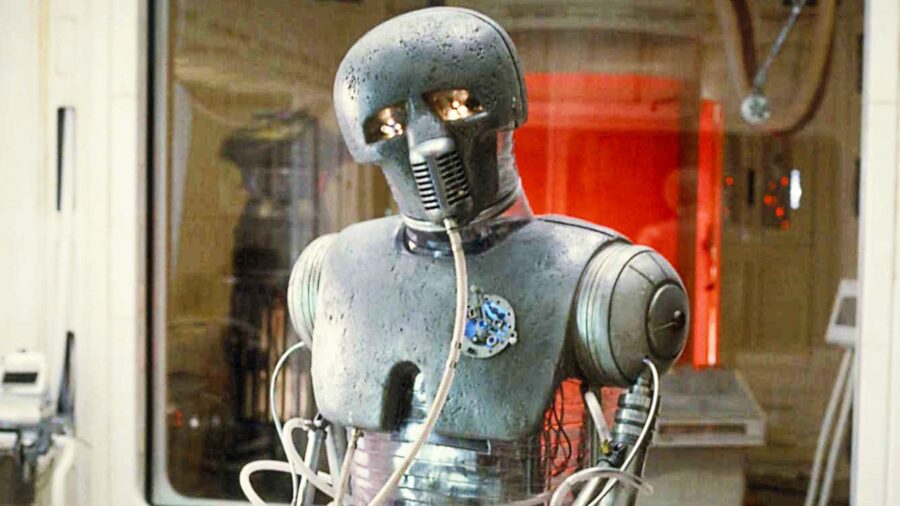Digit, The Humanoid Robot Taking Over Amazon Warehouses

A bipedal humanoid robot named Digit has taken center stage in an Amazon warehouse south of Seattle. Developed by Agility Robotics, it is poised to revolutionize the world of e-commerce and warehousing. Digit can autonomously sense, grasp, and relocate bulk objects that humans would otherwise have to do, Geek Wire reports.
“The evolution of labor has been towards higher-skill, lower-risk jobs, and we see robots as helping that process to continue in the modern world.”
Damion Shelton, CEO of Agility Robotics
It’s a game-changer in tote consolidation, a process that involves organizing and repositioning storage containers once their contents have been removed. Navigating spaces originally intended for human workers, Digit uses its internal antennas, LED eyes, cameras, sensors, and LiDAR (Light Detection and Ranging) system to move efficiently within Amazon facilities.
This impressive humanoid robot boasts two robotic arms, with legs that resemble those of large birds, which have been meticulously designed after years of research into human and animal movement. To acquire Digit, Amazon recognized the potential of Agility Robotics and invested in the company, further advancing its capabilities.
While Digit’s abilities might raise concerns about robots taking over jobs traditionally held by humans at Amazon, this isn’t really a concern. According to Damion Shelton, CEO of Agility Robotics, the jobs that Digit handles are often characterized as dull, dirty, dangerous, repetitive, and physically demanding, causing health problems for human workers.
The goal is not to outpace human workers but to work effectively within spaces designed for humans.
“The evolution of labor has been towards higher-skill, lower-risk jobs, and we see robots as helping that process to continue in the modern world,” Shelton explained. Agility Robotics plans to mass-produce Digit robots in Salem, Oregon, aiming to produce 10,000 robots annually. Digit marks a significant milestone for the company and the use of humanoid robots in commercial environments like Amazon.

However, some Amazon fulfillment center employees noted that Digit’s pace of work seemed relatively slow compared to their own efficiency. Liz Clinkenbeard, Agility’s Vice President of Communications, explained that Digit’s design intentionally mimics the average preferred walking speed of humans at Amazon, at around 1.5 meters per second.
The goal is not to outpace human workers but to work effectively within spaces designed for humans. Agility is continuously working on improving the motion quality of Digit to reduce the number of steps required for each task at Amazon warehouses, potentially increasing efficiency over time. While some may find the presence of humanoid robots like Digit unsettling, Amazon encourages employee feedback.
Regarding Digit, Emily Vetterick, director of engineering for Amazon Robotics, said that the company values input from its workforce. Amazon understands that innovation can sometimes seem “creepy,” so they are keen to test and refine their robotic solutions, considering employee comfort and acceptance. “It is a really interesting form factor,” she said. “That’s why we test, to get that feedback.”
Amazon used a similar testing procedure on Proteus, its inaugural autonomous mobile robot designed to function close to human employees. The robot was unveiled in 2022 and, like Digit, was designed to move around Amazon’s facilities on its own while carrying carts full of packages. The robot used perception and navigation technology developed by Amazon to move around employees without hindering them.
In the ever-evolving world of technology, Digit represents a promising step forward for Amazon. The robot is a testament to the symbiotic relationship between technology and human labor. It demonstrates that robots can excel in tasks better suited to their abilities, ultimately allowing humans to focus on higher-value, less risky work.









